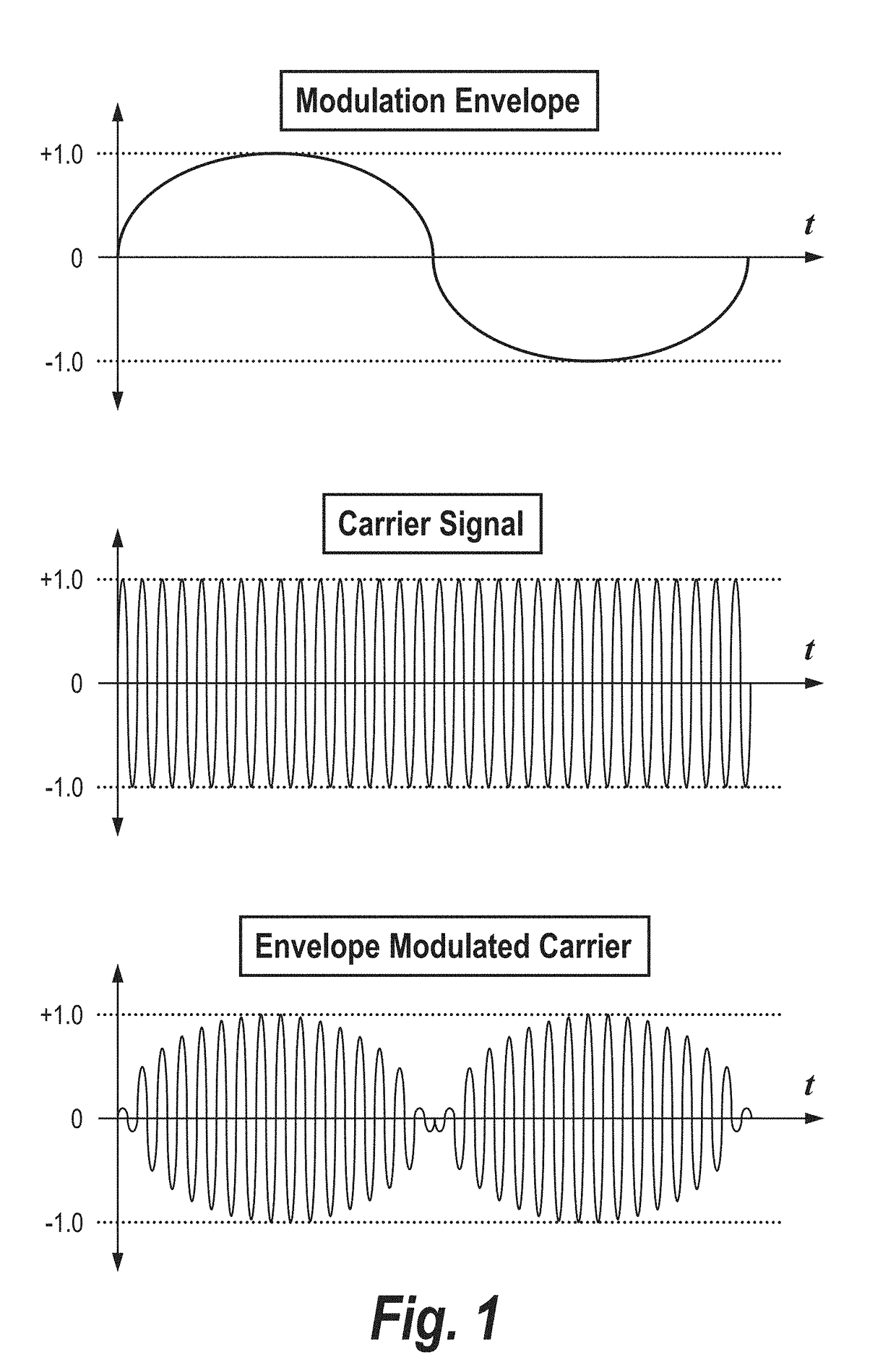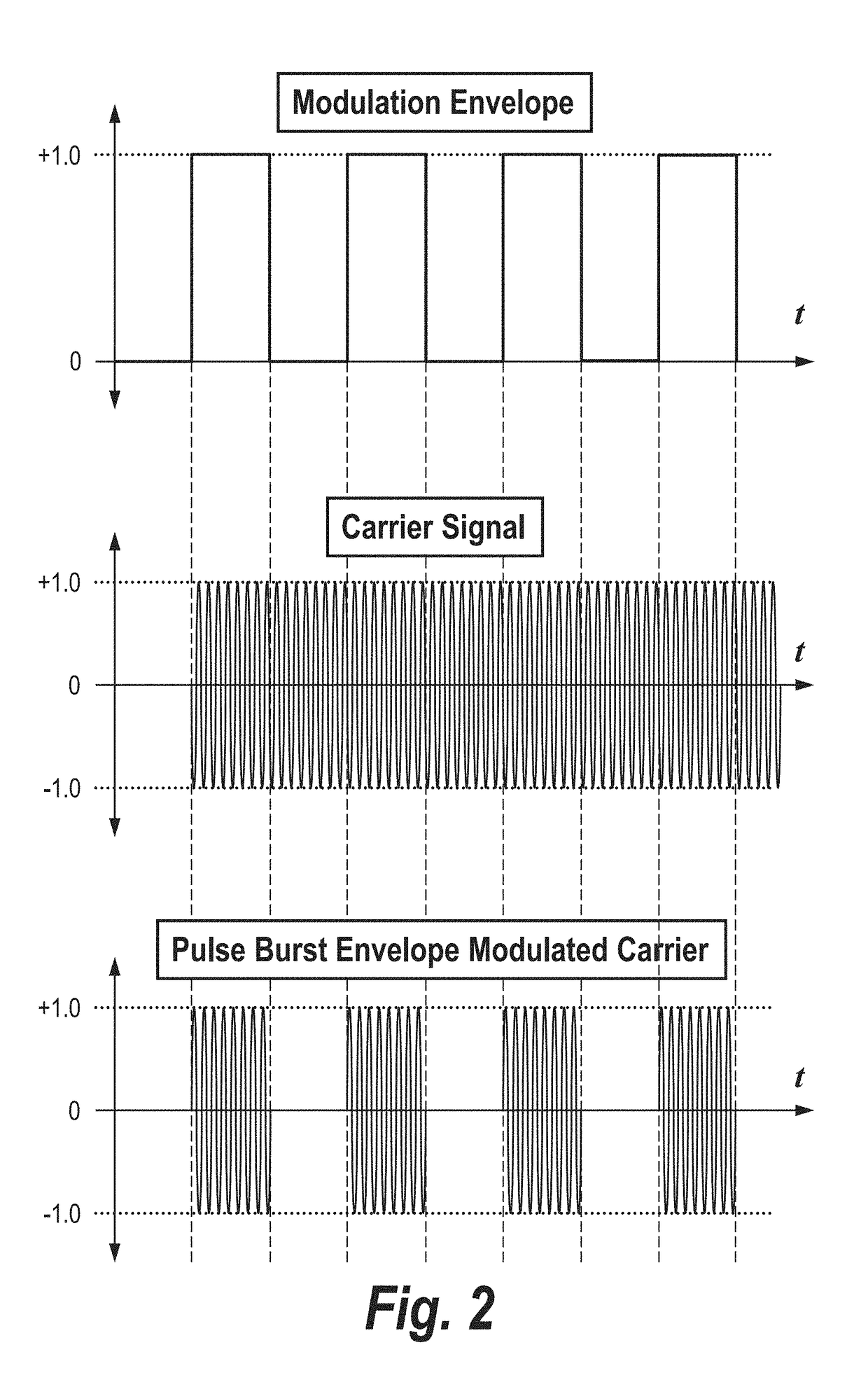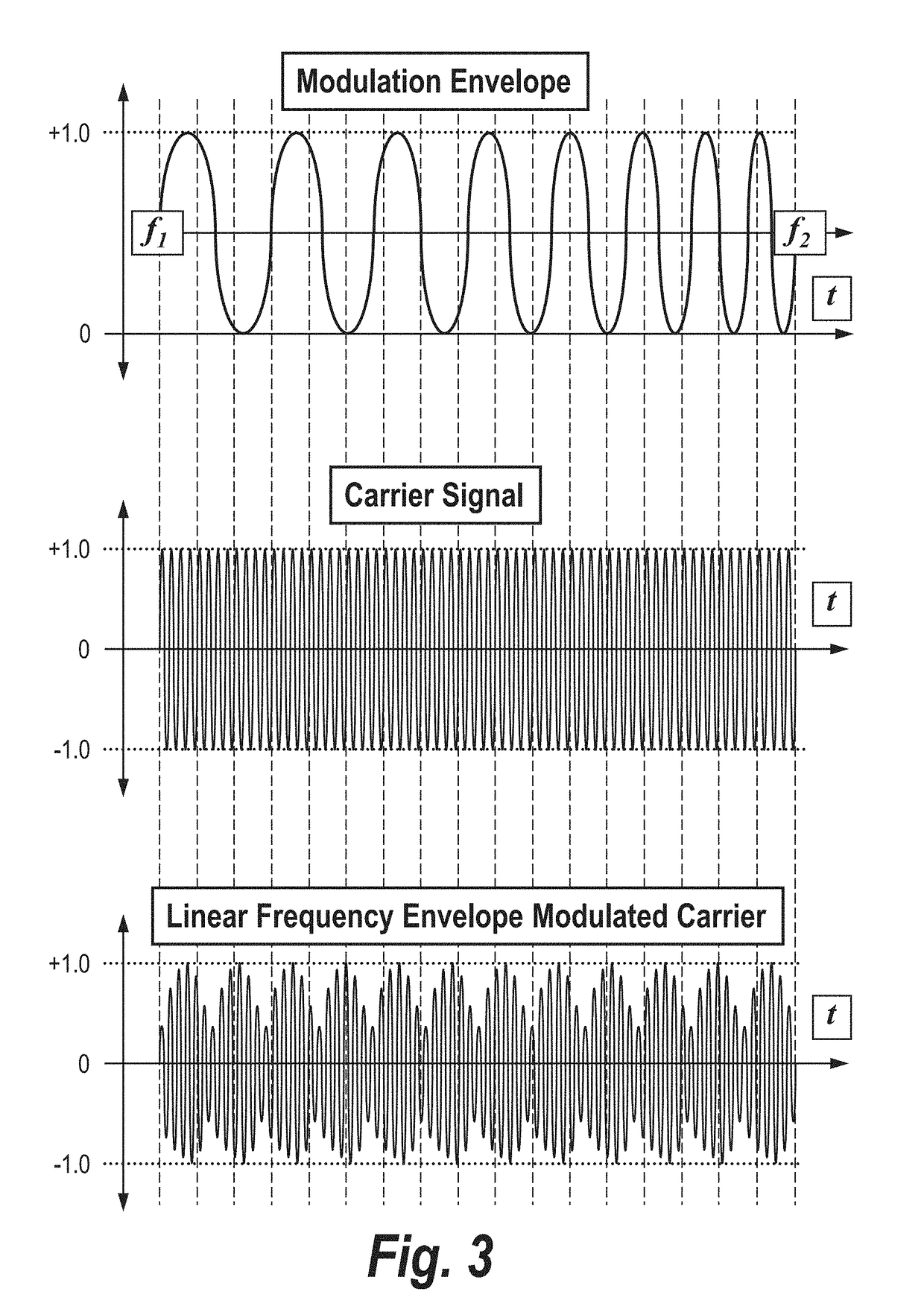Direct detection lidar system and method with synthetic doppler processing
a lidar system and synthetic doppler technology, applied in the field of direct detection lidar systems, can solve the problems of cost and high cost of more complex transceiver requirements
- Summary
- Abstract
- Description
- Claims
- Application Information
AI Technical Summary
Benefits of technology
Problems solved by technology
Method used
Image
Examples
Embodiment Construction
[0069]Direct detection LiDAR systems are characterized by construction and functional simplicity and, unlike the more complex homodyne or heterodyne LiDAR systems, do not utilize frequency translation or down conversion stages, which facilitate signal detection and processing gain advantages. The signal detection and processing gain advantages of homodyne / heterodyne LiDAR systems are enabled by advanced modulation and coding of the transmitted signal combined with sophisticated correlation processing techniques within the LiDAR receiver. Transmit signal modulation and coding, in conjunction with advanced correlation processing techniques, have been utilized within radar systems, from complex military object imaging systems to commercial automotive autonomous cruise control applications. LiDAR systems, with the exception of very advanced measurement requirements, e.g. NASA measurements of CO2 emissions, have not utilized these techniques. However, according to the present disclosure,...
PUM
 Login to View More
Login to View More Abstract
Description
Claims
Application Information
 Login to View More
Login to View More - R&D
- Intellectual Property
- Life Sciences
- Materials
- Tech Scout
- Unparalleled Data Quality
- Higher Quality Content
- 60% Fewer Hallucinations
Browse by: Latest US Patents, China's latest patents, Technical Efficacy Thesaurus, Application Domain, Technology Topic, Popular Technical Reports.
© 2025 PatSnap. All rights reserved.Legal|Privacy policy|Modern Slavery Act Transparency Statement|Sitemap|About US| Contact US: help@patsnap.com



